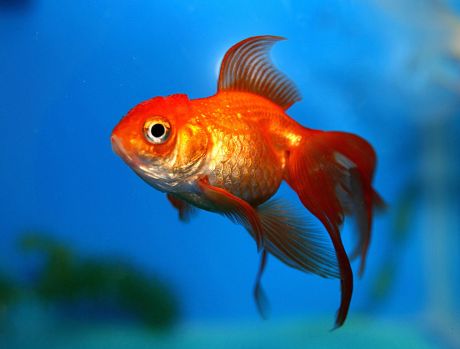The
SECUREFISH (Improving food security by reducing post harvest losses in the fisheries sector) project was set up to improve the preservation of existing fish supplies and the conversion of waste into value added products in low- and middle-income countries. It also aimed to strengthen capacity in low-cost technologies, and to develop and test a quality management tool in the targeted countries.
Fish-preserving technologies were developed based on traditional approaches. These include a hybrid wind (or biomass) and solar tunnel drier, a modified solar-energy-assisted extruder and an atmospheric freeze-drier. The technologies were used to successfully produce whole dried fish and dried fish fillets (different species including siganids) for local and regional markets in Africa (Kenya, Ghana, Namibia), India and Argentina.
Furthermore, the quality of the dried fillets was enhanced by adding plant polyphenols extracted from underutilised seaweeds and water hyacinth. This is highly advantageous as the water hyacinth is an invasive species of aquatic plant that represents a serious nuisance to fishermen in Lake Victoria, East Africa.
Researchers also found that turmeric and other spices can provide cheap and novel sources of antioxidant to preserve dried fish and extend shelf life. In addition, packaging was found to reduce microbial counts and lipid oxidation, with vacuum packaging giving the best results for improved shelf life for dried fish fillets.
A prototype solar-assisted extruder was also used to make a range of fish products in Ghana, Namibia and Malaysia. Many different types of recipes using local fish and flours were made into extruded products and their functional properties tested. The team developed 10 different extruded products (soup, snack, breakfast cereal) incorporating fish (for example, short-bodied mackerel).
Another project goal was the recovery and conversion of waste by-products into high-value products such as gelatin, hydrolysates and functional peptides. Acid/alkali and enzymatic hydrolysis methods were used to extract proteins from waste skin and bones including from UK salmon and Lake Victoria's Nile perch. Researchers found that Nile perch skin yielded better gelatin than salmon due to its biochemical composition. However, the Atlantic salmon gelatin yielded peptides with excellent antioxidant and potential antihypertensive and anti-proliferative peptides. Further, a centrifugation and ultrafiltration approach was designed to recover valuable proteins from filleting waste water.
Other work focused on quality control parameters, risks, nutritional properties and carbon footprint of fish products. The information gained was compiled into a quality management tool for conducting safety and risk assessments and ensuring nutritional and functional quality.
SECUREFISH work will help to reduce waste and increase the supply of fish and nutritional proteins and peptides, thanks to the innovative processing tools developed. The incorporation of renewable energy sources and small-to-medium enterprise skills will also help to ensure the production of environmentally and economically sustainable products that are safe and nutritious.

